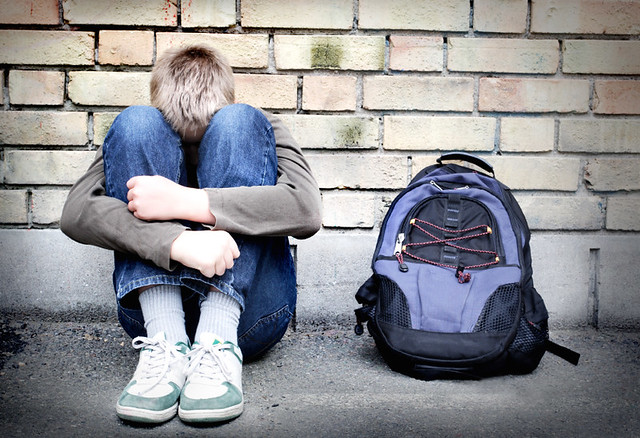
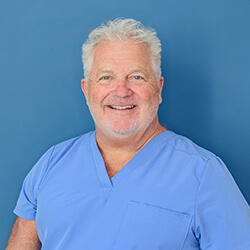
As children experience a growth spurt in early puberty, strangely, the heel is one of the first body parts to grow to it's full size. Children's bones grow very quickly, and the muscles or tendons often can't keep up and become tight. The tight heel tendons can put significant stress on the heel, especially if a child is involved in playing a lot of sport. Over time, too much pressure on the heel can injure it and result in Sever's disease, also known as 'calcaneal apophysitis'.
Severs Disease is a temporary condition but it can be very debilitating. For girls, it can typically manisfest around the age of 8 to 10. For boys, it happens somewhere between the ages of 10 to 12. By the age of 15, the back of the heel has usually stopped growing, and Sever's disease becomes rare.
Although the condition does pass, it can be an invasive and painful thing for children to cope with at a time when life is already complicated enough! One mother describes her 12 year-old son's experience, and how it had a dramatic affect on his overall wellbeing...
"When James first started complaining of pain in his feet, I put it down to 'growing pains'. But things quickly deteriorated and he was dropped from his rugby and hockey teams because he couldn't stay on the pitch for more than 5 minutes without limping off! This really affected his self-esteem, and he became isolated within his pier group and started withdrawing into himself. I wish I had got help sooner, but when we went into The House Clinics, and his condition was diagnosed properly as Severs Disease, it really helped James to cope with it and understand it was a common conditon and he would get better again. The physical therapy he received really helped; and within 3-4 weeks he was able to resume sport again at his school and clubs"
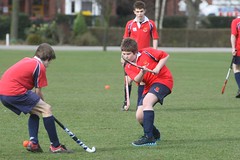
Sever's disease usually causes pain or tenderness in one or both heels. It also can lead to:
Symptoms are usually worse during or after activity and get better with rest.
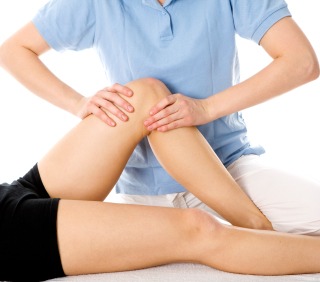
Severs Disease cannot be detected using x-rays. One of our Paediatric Chiropractors will be able to make a correct diagnosis. Your child's feet will be examined and a full history of the symptoms assessed. An initial examination may include looking at the structure of your child's foot, the arches of the feet and general foot mechanics as well as gait (walking). Treatment for Severs is usually a combination of hands-on therapy from the Chiropractor, prescribed stretching exercises and ice therapy.
In some cases, the underlying problem may be more to do with high arches or flat feet. If so, we can advise on the use of orthotics, with the expertise of our in-house Podiatrist.
Getting Your Child Back to Full Fitness:
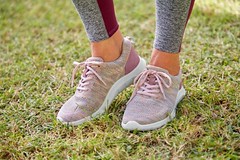
Here at the House Clinics, with our expertise in Children's Chiropractic and Podiatry, our specialist team will be able to assess and treat your child, supporting them in their return to normal sporting activity. We have treated many children with this condition and would love to be able to help your child too!
Call now to book an appointment or discuss your needs on 0117 9420200, or book online www.thehouseclinics.co.uk